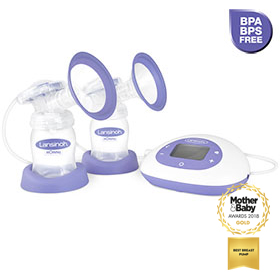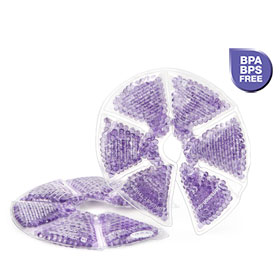Advice Articles
- Home
- Advice Articles
- Pregnancy
- Onset Of Labour
Onset Of Labour
Just to let you know only 3% of babies actually arrive on their due date and first time babies are infamous for being late but of course don’t try to focus on the due date too much.
From around week 36 of your pregnancy, your body will start preparing for the birth. You will start to experience “Braxton Hicks” contractions also known as “practice” contractions. This is not real labour but practice for you and your breathing exercises. If these contractions do start to get closer together and longer contact your midwife. Your vaginal discharge will start to increase and may appear to be slightly pink. You may also notice your baby’s head dropping as they get ready for their arrival into the world. The benefit of this is that you will be able to breathe easier!
Onset of labour
Unknown to many women, your waters breaking isn’t actually the first sign of labour. Your bag of waters can stay intact right up until your baby is born, infact some baby’s can even be born in the bag of waters, known as being born “in the caul”, it’s actually a sign of good luck. If your waters do break be sure to take note of the colour, your midwife will want to know whether the water was clear, blood stained or green. Most women will start labour by experiencing niggly mild contractions, which can sometimes feel like lower back ache initially. If you’re in labour these pains will start to become stronger, longer and more frequent. You’ll be able to tell the difference between them and Braxton Hicks contractions because the “practice” contractions generally slow down or stop when you lie down or have a glass of water for example. In some cases you may experience loose bowels as a sign of labour.
Your discharge will also appear brown and bloody, also known as a “bloody show”. This is when the mucus plug that blocks the cervix is released, this is a sign that your labour is starting.
During the early stages of labour your cervix thins and starts to dilate on average a centimetre an hour for your first baby. You need to be ten centimetres dilated before you can push your baby into the world.
When the onset of labour starts it can be a very exciting time for you but you need to remember it’s going to be a long and probably not an easy process. On the day make sure you get lots of rest or at least try to, maybe take a walk or a long soak in the bath, drink plenty of fluids and eat light meals.
When it’s time to speak to your midwife will depend on you and your circumstances as I’m sure you have discussed this with your midwife. If you go in to hospital during early labour there is a chance you may be sent home to wait a bit longer until your further dilated. If you feel you need to go to hospital don’t hesitate to ring your midwife and they will help you decide what you need to do. A popular technique women follow is the 1-5-1 rule – this is when your contractions last a minute or more and are less than 5 minutes apart but you have been experiencing them for an hour. Most of all be patient and calm, as you’re at the point when your get to meet your son/daughter you have been carrying for 9 months.
Related Categories
You May Also Need
-

2 in 1 Double Electric Breast Pump
Lansinoh’s 2-in-1 Electric Breast Pump is the very best option for mothers who want comfort, flexibility... View -
... View -

HPA® Lanolin Nipple Cream for Sore & Cracked Nipples
Sore nipples are very common during breastfeeding and can often be a result of the uncomfortable positioning... View -

Thera°Pearl® 3-in-1 Breast Therapy
Flexible and reusable, Thera°Pearl’s 3-in-1 Breast Therapy packs have soft covers that can be slipped... View
